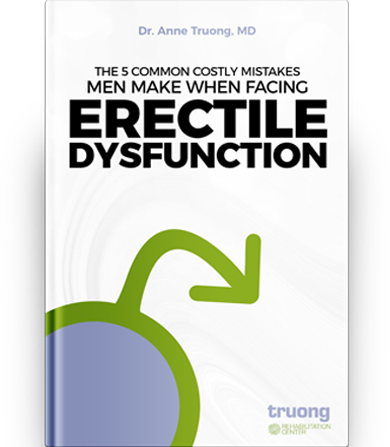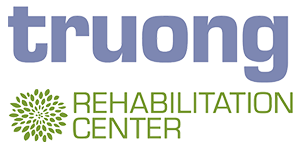Have you been told a steroid shot was the right way to fix your problem? These shots may be one of the worst decisions you can make for yourself. Steroids come with side effects, many of which you may not know about until you’re experiencing them. Here’s why you should look elsewhere for relief.
How Do Steroid Shots Work?
It’s common for doctors to recommend the use of steroids as a way to reduce pain. They seem like a quick fix, easy solution. They are often injected into joints where there are conditions such as tennis elbow, shoulder rotator cuff pain, or arthritis. Most are made up of high doses of corticosteroid. These are somewhat like substances in your body that work to reduce inflammation. The difference is that your body’s use is an incredibly small fraction of what is being injected. This is why people develop negative reactions to these drugs.
If you are getting steroids such as dexamethasone, methylprednisolone, Depo-Medrol, or betamethasone, then you are getting these anti-inflammatory steroids.
What Are Common Types of Side Effects for Them?
There are numerous side effects to using these products.
Loss of Cartilage
Consider the biggest concern – losing cartilage. This is the cushiony material that is positioned at the end of long bones. It works as a type of shock absorber for the movement of the joint. As arthritis develops, the cartilage is worn down as the bones wear closer and closer to each other.
Here’s what’s important – if you are using a product like steroid shots that are designed to damage the cartilage – which is already wearing down and causing your pain – how can it actually help you? These shots destroy cartilage. Numerous studies over time have pointed to this very fact.
Increased Risk of Joint Replacement and Infection
Another side effect is increasing risk of infection or even increasing the likelihood that you will need a joint replacement. In both knee and hip joint replacements, a person who gets these shots prior is at a higher risk for developing an infection. Because the shot breaks down the cartilage so much so, it speeds up the process of needing a joint replacement. Keep in mind that, while these procedures are happening more often (which in itself is worrisome) that they are not simple procedures. Joint replacement requires 6 to 12 weeks of IV antibiotics when there is an infection present.
Systemic Complications
Another key concern has to do with what these steroids do to the rest of your body. The steroids do not just stay in the joints where they are injected. Rather, they often leach into other areas of the body as well. That means that they are likely to cause damage to other bones and areas of cartilage as well. They can also cause concerns with bone damage, impact blood sugar levels, and impact the endocrine system.
There are many examples of this happening. A woman who gets epidural injections, for example, is more likely to suffer from osteoporosis. If you get your knee joint injected, that will likely increase your blood sugar levels, creating diabetic concerns for some.
What Is the Alternative Solution?
Steroid shots are often sought after by patients because they stop the pain. While they do this, they are not – by any means – capable of solving the problem. The damage remains. There are alternative solutions.
One of the most effective is the use of platelet rich plasma or PRP. It is a process in which a person’s own platelets, which are rich in growth healing components, are a better solution. These healing platelets are injected in heavy doses right into the impacted, painful joint. They go to work healing and replacing the damaged tissue.
There’s no doubt that steroid injections are a bad deal. They don’t last, and they have numerous complications to them. With PRP, there are no side effects because you are using your own blood. There’s no risk for infections or worsening of your bone health. Yet, there is pain relief. For many people, this is what matters most.











